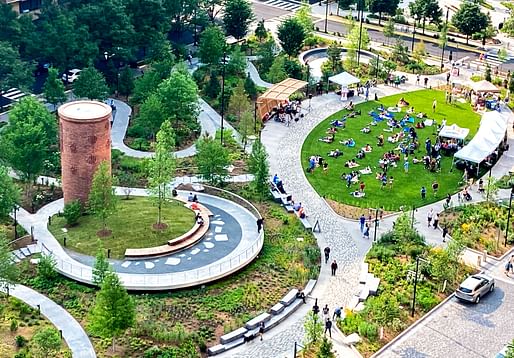

The American Institute of Landscape Architects has published the results of a members' survey on the role of landscape architecture products in aiding decarbonization and biodiversity in the built environment. Insights were garnered from 454 landscape architects, designers, and educators out of the ASLA’s member base of approximately 15,000.
A significant 55% of respondents stated that their clients do not establish a greenhouse gas emissions budget for their projects. However, 20% foresee it as a potential future requirement. When asked about the data that would assist in accounting for emissions, 51% prioritized embodied carbon factors for materials, closely followed by 50% wanting projected carbon sequestration details for tree species specification.
Regarding accessing Environmental Product Declarations (EPDs) and emissions assessments, 55% advocated for a curated register of baseline data, possibly developed by ASLA or a similar body. When procuring from manufacturers, 34% of professionals request Forest Stewardship Council (FSC) Certification, while 32% look for EPA Energy Star Certification.
44% of respondents admitted they never ask manufacturers for third-party verified environmental data, but a large majority (80–84%) would prefer locally-sourced trees, aggregates, plants, and concrete products to reduce transportation emissions.
In terms of collaborative research and advancing decarbonization, a free webinar series was the most popular suggestion at 55%. To further biodiversity protection goals, again, free webinars stood out with a preference of 58%. Additional feedback highlighted desires for standardized labeling systems akin to food nutritional labels, evidence-based data for projects, and direct collaborations with regional biodiversity organizations.
“The survey clearly shows that landscape architects and product manufacturers must deepen their collaboration to reduce the climate and biodiversity impacts of materials in built landscapes,” said ASLA National Climate Action Committee Chair April Phillips about the results. “We can only achieve our goals by working together, being more transparent about materials, and increasing our collective performance.”
No Comments
Block this user
Are you sure you want to block this user and hide all related comments throughout the site?
Archinect
This is your first comment on Archinect. Your comment will be visible once approved.